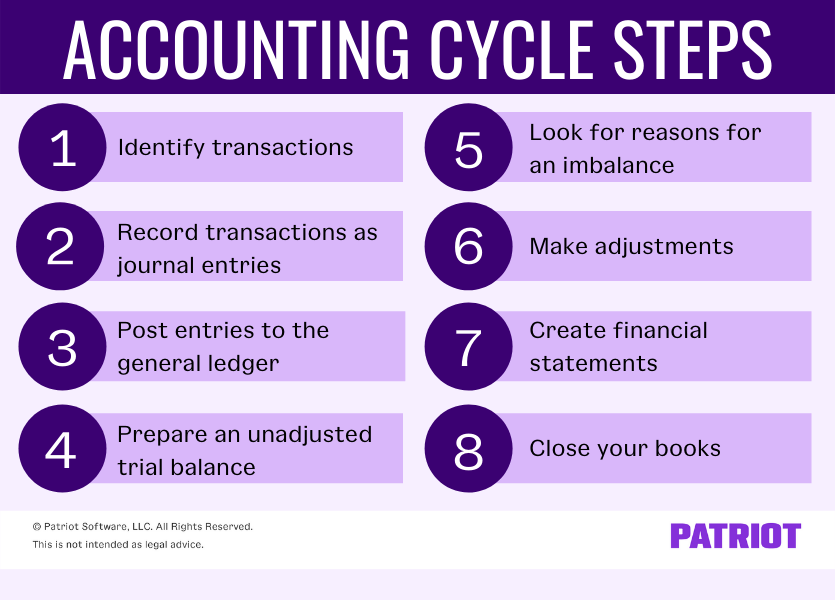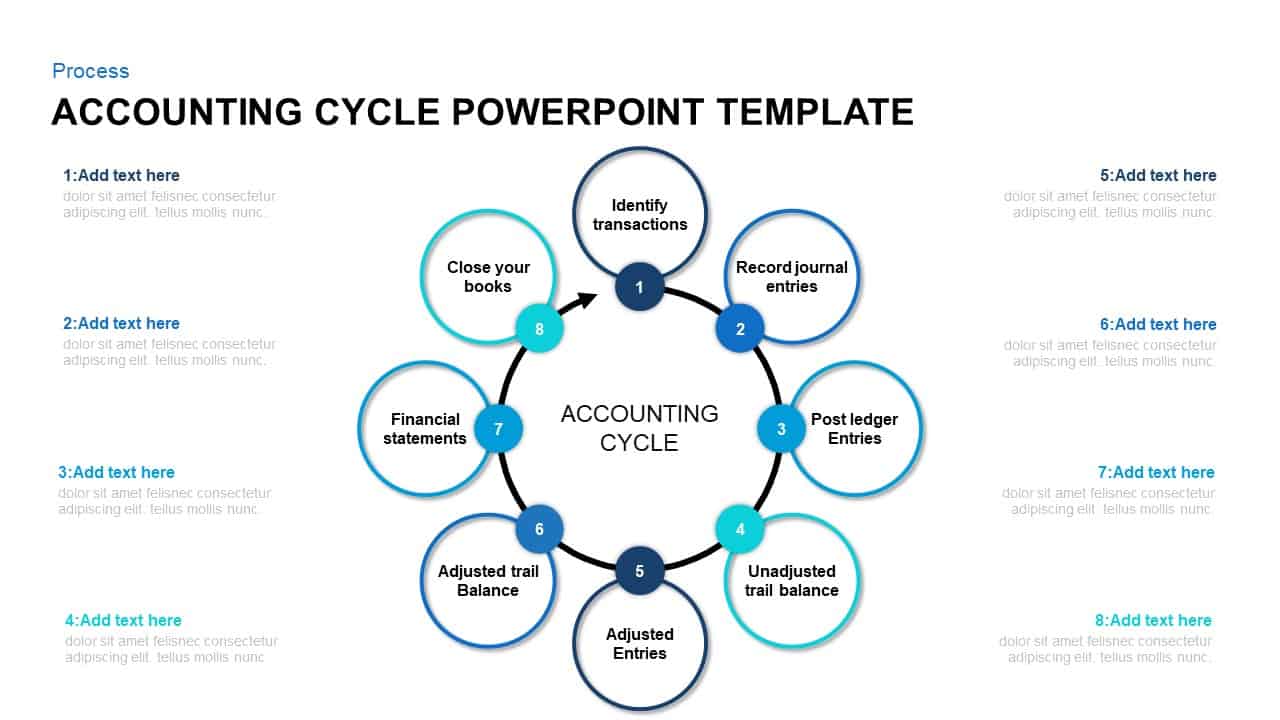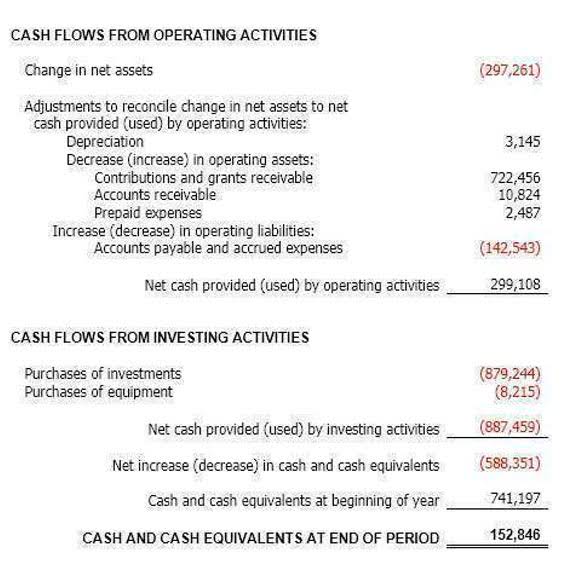It is in this sense that depreciation is considered a normal business expense and, consequently, treated in the books of account in more or less the same way as any other expense. In this example, we can say that the service given by the weighing machine in its first year of life was $200 ($1,000 – $800) to the company. Depreciation is allocated over the useful life of an asset based on the book value of the asset originally entered in the books of accounts. Leasehold properties, patents, and copyrights are examples of such assets.
Expected Useful Life and Salvage Value
- The entire cost of a capital asset is not charged to any one year as an expense; rather the cost is spread over the useful life of the asset.
- The asset’s cost minus its estimated salvage value is known as the asset’s depreciable cost.
- Depreciation is a systematic procedure for allocating the acquisition cost of a capital asset over its useful life.
- Suppose, however, that the company had been using an accelerated depreciation method, such as double-declining balance depreciation.
- There are several different depreciation methods, including straight-line depreciation and accelerated depreciation.
- Some companies may use the double-declining balance equation for more aggressive depreciation and early expense management.
Under the double-declining balance method, the book value of the trailer after three years would be $51,200 and the gain on a sale at $80,000 would be $28,800, recorded on the income statement—a large one-time boost. Under this accelerated method, there would have been higher expenses for those three years and, as a result, less net income. This is just one example of how a change in depreciation can affect both the bottom line and the balance sheet. A common system is to allow a fixed percentage of the cost of depreciable assets to be deducted each year. This is often referred to as a capital allowance, as it is called in the United Kingdom. Deductions are permitted to individuals and businesses based on assets placed in service during or before the assessment year.
Which of these is most important for your financial advisor to have?
Internally developed intangible assets are expensed as incurred (R&D costs). Unlike the account Depreciation Expense, the Accumulated Depreciation account is not closed at the end of each year. Instead, the balance in Accumulated Depreciation is carried forward to the next accounting period.
Understanding Methods and Assumptions of Depreciation
The expenditure on the purchase of machinery is not regarded as part of the cost of the period; instead, it is shown as an asset in the balance sheet. Depreciation accounting is a system of accounting that aims to distribute the cost (or other basic values) of tangible capital assets less its scrap value over the effective life of the asset. Here, the estimated lifetime bottling capacity of the machine is 100,000,000 bottles. Now, find out the depreciating amount using the units of production method. The assets to be depreciated are initially recorded in the accounting records at their cost.
Is Depreciation an Operating Expense?
For 2022, the new Capex is $307k, which after dividing by 5 years, comes out to be about $61k in annual depreciation. For mature businesses experiencing low, stagnating, or declining growth, the depreciation to capex ratio converges near 100%, as the majority of total Capex is related to maintenance Capex. In turn, depreciation can be projected as a percentage of Capex (or as a percentage of revenue, with depreciation as an % of Capex calculated separately as a sanity check). In terms of forecasting depreciation in financial modeling, the “quick and dirty” method to project capital expenditures (Capex) and depreciation are the following.
However, in most countries the life is based on business experience, and the method may be chosen from one of several acceptable methods. The assumption behind accelerated depreciation is that the fixed asset drops more of its value in the earlier stages of its lifecycle, allowing for more deductions earlier on. The double declining method (DDB) is a form of accelerated depreciation, where a greater proportion of the total depreciation expense is recognized in the initial stages. To start, a company must know an asset’s cost, useful life, and salvage value. Then, it can calculate depreciation using a method suited to its accounting needs, asset type, asset lifespan, or the number of units produced.
In the United States, accountants must adhere to generally accepted accounting principles (GAAP) in calculating and reporting depreciation on financial statements. GAAP is a set of rules that includes the details, complexities, and legalities of business and corporate accounting. GAAP guidelines highlight several separate, what are interest rates and how does interest work allowable methods of depreciation that accounting professionals may use. The difference between the end-of-year PP&E and the end-of-year accumulated depreciation is $2.4 million, which is the total book value of those assets. Depreciation isn’t an asset or a liability itself—it’s a method used to measure the change in the carrying value of a fixed asset. It’s recorded as a contra-asset under the assets section of your balance sheet.







